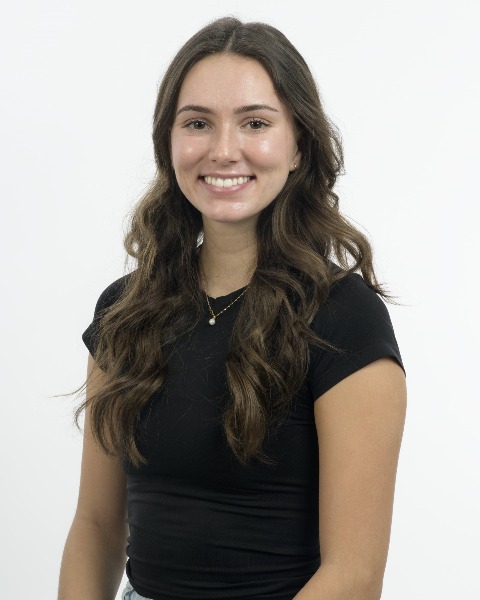Neonatology
Session: Neonatal-Perinatal Health Care Delivery 2 Works in Progress
WIP 42 - Advanced Wireless Sensors for Neonatal Care in the Delivery Room: the AWARD Simulation Study
Monday, May 6, 2024
9:30 AM - 11:30 AM ET
Poster Number: WIP 42
Publication Number: WIP 42.2499
Publication Number: WIP 42.2499

Justine Tremblay, B.Sc.N., RN (she/her/hers)
MSc Research Trainee
Research Institute of the McGill University Health Centre
Lachine, Quebec, Canada
WIP Presenting Author(s)
Background: Innovative technology able to provide continuous, non-invasive, low cost, and non-intrusive monitoring of infants immediately after birth is warranted. Such technology has the potential to not only improve but expand delivery room monitoring in low-or middle-income countries and during unsupervised care while in the obstetrical center, to promote safer Kangaroo Care by preventing sudden unexpected postnatal collapse.
Objective: To compare the standard wired with a new advanced wireless skin sensor monitoring system specifically developed for neonates.
Design/Methods: A prospective study using a simulation model for neonatal care immediately after delivery has been designed and will be conducted. A total of 20 simulations will be performed with several health care professionals at various levels of training - residents, physicians, nurses, and respiratory therapists. Participants will be asked to set up wired or wireless sensors in the neonatal manikin in a random order, while tasks such as positive pressure ventilation or upper airway suction are performed. Hands motion of the team members will be tracked during the placement of both systems by using inertial measurement units placed on the hands of the professionals, and properly positioned cameras - the Neonatal Resuscitation Monitoring system - specifically developed for this study. Recordings will be reviewed by blinded investigators for assessment: a) time (sec) required for application of each and all monitoring sensors, b) % of time that the monitoring devices (wired and wireless) interfered with tasks, and c) tracking of hand movements. Subgroup analyses on the performance of each group based on training level will be conducted. At the end, participants will complete a short, anonymous survey concerning their opinion about the wireless and the standard-of-care monitoring systems. The survey data will be analyzed using counts and proportions of responses for each question. This study has been evaluated by the Institutional Ethics Committee.
